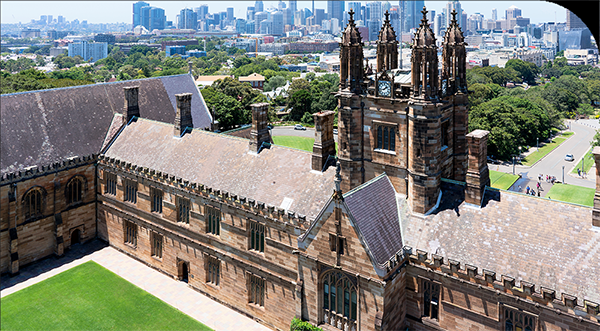Buy fake degree, Study Abroad Trends in the U.S. in 2022, fake degree certificate, buy fake degree in US, fake diploma maker, how to buy fake university degree, buy diploma, buy degree certificate from real university. Changes in study abroad policies are very important for international students and students who are about to apply for study abroad, and will affect the lives of international students or their study abroad applications more or less.
In 2019, there have been new changes in visas, university application procedures, and fees for studying in the United States. Paying attention to these new policies in a timely manner can avoid stepping on pits. buy fake degree, buy fake diploma, sell fake transcript, buy fake certificate, replica certificate sample, buy degree notary, buy diploma online. Here are the seven major changes of Beijing Victory Disc for studying in the US in 2019!
1.1B visa: Increased success rate for master’s degree and above, buy fake degree from real university.
The Immigration Service announced new regulations for the 1B work visa, and changed the application process and screening method, which will be implemented from April 1 this year.
Beginning in April, the previous allocation procedure will be changed, and 65,000 general quotas will be screened first, and then 20,000 master’s quotas will be screened, and will apply to the 2020 fiscal year (October 1, 2019 to September 30, 2020) H-1B Quota visa.
USCIS estimates that the new allocation process will screen more foreign workers with a master’s degree or above in the United States, and it is expected that the proportion of highly skilled foreign workers who receive H-1B visas will increase by 16%. Buy fake degree, buy fake diploma, buy fake transcript, buy fake certificate. Equivalent to 5,340 people, which means that employment opportunities for foreign students with a master’s degree or above in the United States will increase by more than 16%.
As part of the application process, U.S. employers who intend to apply for H-1B visa quotas for foreign workers in the future must first complete electronic registration within the prescribed time limit. The USCIS screens and notifies the assignee from the electronic login list, and the registrant submits the necessary application documents after receiving the notification from USCIS.
The move in the US is aimed at bringing in more highly skilled, highly educated workers. For overseas students, the 1B work visa is an important condition for them to work legally in the United States and even apply for a green card in the future.
2. Study visa: The application deadline has changed
Before the adjustment: The United States can enjoy the visa interview service within 48 months of the expiration of the visa.
After adjustment: Only within 12 months after the visa expires, the United States can enjoy the renewal service without an interview.
In addition, the United States has begun to strengthen the conditions for international student visa examinations and increase telephone surveys.
When this policy is introduced, the following three types of people will be affected:
After coming to the United States in early 2014, the renewal of F student visas who have never returned to China will be affected.
Little to no impact on current Chinese nationals holding a 10-year B-type business/tourist visa.
*There is little impact on the five-year F-type student visa and the one-year H-type work visa.
3. Increased SEVIS fees for F1 students
In addition to tightening H-1B visas, the United States has also proposed a price increase policy since March 2019. This policy covers categories such as F (international students and their families), J (exchange visitors and their families), and M (training students and their families).
SEVIS fee is different from visa fee, SEVIS fee is for routine maintenance of SEVIS database. Under the U.S. Act, every alien who intends to apply for an F1, F3, J1, M1, or M3 nonimmigrant visa is required to pay a SEVIS fee of $200.
4. More detailed requirements for courses and grade points
CA (Common Application System) has added Courses & Grades function, which requires students to list all course grades during high school. Although schools will receive official transcripts, manually entering grades will help students review and summarize changes in their grades.
When filling out the CA, you need to fill in ****, family status, as well as educational information and taking the test. Each part of the form has corresponding precautions.
5.11 Schools require applicants to report their grades
There are currently 11 universities in the United States that require applicants to report grades and courses. They are: George Washington University, University of Southern California, Ohio State University, Purdue University, West Virginia University, Birmingham Southern College, Chapman University, Idaho College, Ripon College, St. John’s University, New York Career and Applied Research Place.
6. CB official website adjusts SAT scoring policy
In order to make the SAT score as soon as possible, the SAT scoring policy was adjusted in 2017-2018, and the SAT scoring time was reduced to 2 weeks. After adjustments, reading and math are published earlier than writing, with some grades for writing being published five days after other grades are published.
Therefore, students who choose not to take the writing section of the SAT can get their scores early and officially send them to colleges.
7. Increased tuition burden for international students
Trump’s constitutional amendments and the passage of the new tax reform bill will have an important impact on tuition fees and scholarships for graduate students and Ph.D. students in the United States, especially STEM majors, which have the largest number of students studying in the United States.
According to the law, postgraduates are required to pay tax for the reduced tuition fees, and doctoral students no longer enjoy tax reduction. After the bill takes effect, the tax amount for American graduate students will increase by 3-4 times, and the tuition fees of American universities will also increase year by year, which will increase the tuition burden of college students.



